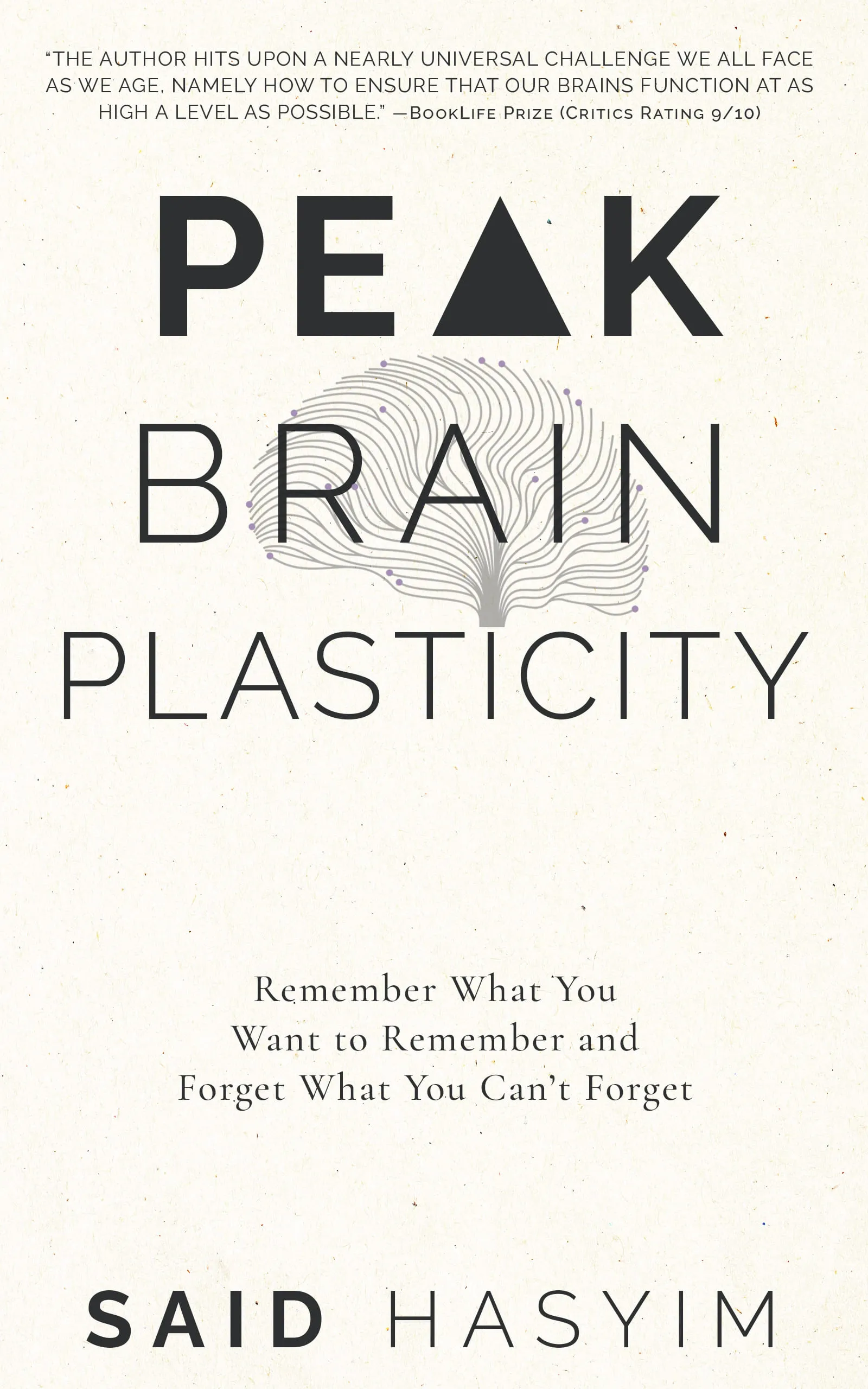The Role of Neuroplasticity in Memory Management
Memory is a fundamental aspect of human experience, influencing how we learn, communicate, and navigate the world. It is often perceived as a static database that records our experiences; however, recent advances in neuroscience reveal a more dynamic and adaptable understanding of memory. Central to this understanding is the concept of neuroplasticity—the brain's remarkable ability to reorganize itself by forming new connections throughout life. In this blog post, we will explore the critical role of neuroplasticity in memory management, the implications of this relationship, and how we can harness it for personal growth and cognitive improvement.
Understanding Neuroplasticity
Neuroplasticity refers to the brain’s capacity to change and adapt in response to experience, environmental influences, and learning. This capability is evident in three fundamental ways:
Developmental Plasticity: During critical periods of development, such as childhood, the brain undergoes extensive changes. New neurons are generated, and connections between them are formed, strengthened, or pruned based on experience.
Adaptive Plasticity: The brain can adapt to new circumstances throughout life. For instance, when a person experiences injury to a certain area of the brain, other parts can compensate for the lost function.
Functional Plasticity: This refers to the brain's ability to shift functions from damaged areas to undamaged areas. If one part of the brain is impaired, other regions can take over its tasks through rewiring.
How Neuroplasticity Influences Memory Formation
Memory is an intricate process encompassing the encoding, storage, and retrieval of information. Neuroplasticity plays a critical role in each phase, enabling the brain to adaptively adjust its neural networks.
Encoding: When we learn something new, neurons create connections through synaptic changes. This process is often described as "Hebbian learning," where connections between neurons are strengthened when they fire together. Neuroplasticity facilitates the creation of new synapses, allowing for the assimilation of new knowledge and experiences.
Storage: Once encoded, memories need to be stored for later use. This involves the reorganization of synaptic connections to create stable, long-term memories. Neuroplasticity allows for the reinforcement of these connections through neurochemical changes, including the release of neurotransmitters like dopamine and glutamate, which promote synaptic plasticity.
Retrieval: The act of recalling a memory activates specific neural pathways associated with that memory. Neuroplasticity enables the brain to refine these pathways over time, making retrieval more efficient. This reactivation process can also lead to reconsolidation, which may alter the memory, infusing it with new insights or reshaping it based on recent experiences.
Neuroplasticity and Memory Management
Memory management involves the effective organization and regulation of our cognitive resources to enhance learning and recall. Neuroplasticity significantly contributes to this endeavor in several ways:
Enhancing Learning: By understanding the principles of neuroplasticity, we can employ techniques that promote learning and memory. For example, spaced repetition and active recall are strategies that leverage the brain's adaptive capabilities, leading to stronger memory retention.
Overcoming Forgetting: Forgetting is a natural process that allows the brain to prioritize essential information. However, we can counteract this through intentional engagement with our memories, such as revisiting and revising the information, which stimulates neuroplastic changes that reinforce memory.
Resilience Against Cognitive Decline: As we age, the risk of cognitive decline increases. Engaging in mentally stimulating activities, physical exercise, and social interactions fosters neuroplasticity, creating a cognitive reserve that can mitigate memory loss.
Emotional Memory Regulation: Emotions significantly impact memory retention and retrieval. Neuroplastic changes can influence how we process emotional experiences, ultimately affecting our memories. Techniques such as mindfulness and cognitive behavioral therapy can promote healthier memory management by rewiring the brain's response to emotional triggers.
Practical Applications of Neuroplasticity for Memory Management
Harnessing neuroplasticity for better memory management is an ongoing area of research. Here are several practical strategies that individuals can incorporate into their lives:
Lifelong Learning: Engage in new learning experiences to stimulate brain activity. Learning a new language, playing a musical instrument, or tackling a new hobby encourages the formation of new neural connections.
Meditation and Mindfulness: Practices like meditation foster mindfulness and can increase gray matter density in regions of the brain associated with memory and emotional regulation, contributing to improved memory management.
Physical Exercise: Regular physical activity promotes neurogenesis (the formation of new neurons) and enhances synaptic plasticity. Aerobic exercises, in particular, are known for their beneficial effects on cognitive performance.
Healthy Lifestyle Choices: Nutrition, adequate sleep, and stress management are crucial for optimal brain health. Antioxidants and omega-3 fatty acids found in certain foods can support neuroplasticity and cognitive function.
Social Interactions: Engaging with others stimulates cognitive processes and can enhance memory through social learning and verbal exchanges. Join clubs, volunteer, or simply spend more time with friends and family.
Conclusion
The interplay between neuroplasticity and memory management highlights the brain's remarkable ability to adapt and change throughout our lives. Understanding and leveraging neuroplasticity can help individuals enhance their memory, overcome challenges related to cognitive decline, and create a more meaningful learning experience. By adopting lifestyle changes that promote brain health and engaging in continuous learning, we can foster resilient and flexible memory systems. Embracing the idea that our memories are not just static records but ever-evolving constructs opens up a world of possibilities for personal growth and cognitive enhancement. Let us embrace the potential of our brains and become active participants in our memory journey!
Harness the Power of Neuroplasticity
Discover Peak Brain Plasticity, a practical book to harnessing neuroplasticity. Enhance your memory, learn new languages quickly, and alleviate anxiety with effective study methods. Uncover daily habits that impact cognitive health and explore techniques for accelerated learning and memory retention. Unlock your brain's potential for growth and transformation.
